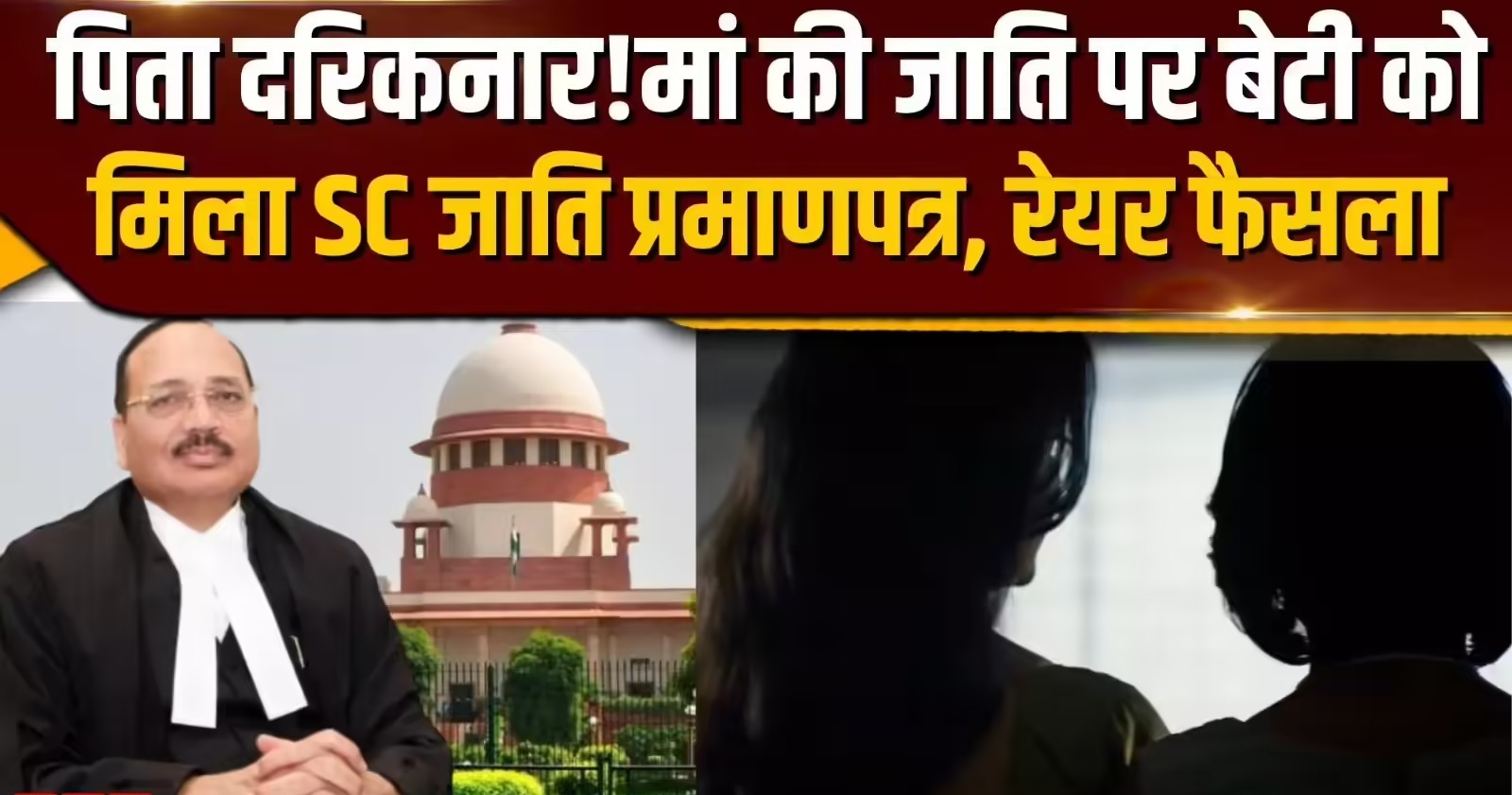Chakravartti, C.J.@mdashThis is an application for leave to appeal to the Supreme Court from a decision of a three-Judge Bench of this Court, dated January 28, 1953, to which an application for declaring a certain award to be a nullity had been referred under Chapter V, Rule 2 of the Rules of the Original Side and by which the application was finally disposed of. The amount of the award was Rs. 1,95,000 and by the final order of this Court the award was declared to be null and void and the arbitration agreement on which the award was founded was declared to be invalid. The present application is for leave to appeal from that decision. It is not necessary to state the facts of the case except that the amount of the award was Rs. 1,95,000. The respondent to the proposed appeal, namely, the Albion Jute Mills Company Limited, wanted by its application to have that award declared null and void and by the success of the application got rid of its liability for the said amount. In the proposed appeal to the Supreme Court, the intending appellant asks the award to be restored and if it succeeds, a liability for the amount of the award will be reimposed on the respondent, whereas the appellant will benefit by a like amount. There cannot, therefore, be any question that the amount or value of the subject-matter of the dispute in the court of first instance and still in dispute on appeal was and is not less than twenty thousand rupees within the meaning of Article 133(1) (a) of the Constitution.
2. It was, however, contended by Mr. Sethia that there were several reasons why the application could not be allowed. He contended, in the first instance, that the order made was on an application u/s 33 of the Arbitration Act from which no appeal lay u/s 39. He therefore contended that to grant leave to appeal to the Supreme Court would be to defeat the provisions of the Act. That contention is plainly untenable, because the right of appeal to the Supreme Court under Article 133 does not depend upon an appeal lying under the particular Act which is concerned in the litigation proposed to be taken up on appeal. No provision in the Arbitration Act can possibly override the Constitution.
3. Reference was also made to sub section (2) of section 39 which provides that no second appeal shall lie from an order passed in appeal under the section, but which also contains a proviso that nothing in the section shall affect or take away any right of appeal to the Supreme Court. I do not see that sub-section (2) of section 39 has any application. In the first place, it speaks of second appeals, but the appeal proposed to be taken to the Supreme Court is not going to be a second appeal, but a first appeal. The second part of the sub-section refers not merely to the sub-section but to the whole section. If it does anything at all, it does not negative but affirms the right of appeal to the Supreme Court. But, as I have pointed out, sub-section (2) of section 39 does not come into the picture at all, first, because, in the main, it is concerned with second appeals, secondly, it is but a provision in an Act of the Legislature which cannot override the Constitution and, thirdly, because it affirms rather than takes away a right of appeal.
4. The main contention of Mr. Sethia, however, was that Article 133 contemplated cases which had been dealt with by two courts and in support of his argument, he referred to the paragraph appearing after sub-clause (c) of clause (I) of the Article, In my opinion, that contention is also untenable. The Article begins by saying that an appeal shall lie to the Supreme Court "from any judgment, decree or final order in a civil proceeding of a High Court," and then in the passage on which Mr. Sethia relied it says that where the judgment, decree or final order appealed from affirms the decision of the Court immediately below in any case other than a case referred to in sub-clause (c), a particular condition will have to be fulfilled. The passage relied upon by Mr. Sethia means nothing more than this, that if the case be one which has been dealt with by two courts and the two courts have arrived at concurrent findings and concurrent decisions, then in addition to satisfying the pecuniary requirement, the proposed appeal will also have to involve some substantial question of law. In substance, the provision, therefore, means that cases which have been dealt with by two courts will have to be judged by the test that if the judgment of the second court is a judgment of reversal then it will be enough for the appellant to satisfy the pecuniary limit; but if the judgment be one of affirmance, then he will have to make out further a substantial question of law. But the main thing to notice about this provision is that it is only a special provision for those cases which have, in fact, been dealt with by two courts, but its effect is not to limit the right of appeal to such cases only. In fact, if one turns to the opening words of the Article, to which I have already referred, one will find that an appeal is clearly provided there "from any judgment, decree or final order in a civil proceeding of a High Court." The order in the present case is a final order. The proceeding in which the order was made was a civil proceeding and the Court which made the order was a High Court. That being so, it appears to me that provided the appellant company satisfies the pecuniary requirement which it clearly does, it is entitled to leave Co appeal as a matter of right and is not required to make out any other point.
5. The true meaning of the opening words of Article 133 will appear if one compares those words with the provisions of section 109, clauses (a) and (b), of the Code of Civil Procedure, as they now stand. u/s 109, clause (a), an appeal lies to the Supreme Court from any judgment, decree or final order passed on appeal by a High Court or by any other Court of final appellate jurisdiction, while clause (b) provides for an appeal from adjudgment, decree or final order passed by a High Court in the exercise of original civil jurisdiction When, therefore, the opening paragraph of Article 133(1) speaks of an appeal "from any judgment, decree or final order in a civil proceeding of a High Court", it clearly combines the provisions of clauses (a) and (b) of section 109 of the Code. It is to be noticed that sections 109 and 110 of the CPC have been retained in spite of a right of appeal to the Supreme Court having been directly provided by the Constitution. It is true that the right conferred by the Code is subject to the provisions in Chapter IV of Part V of the Constitution and such rules as the Supreme Court may from time to time frame, but there is nothing in the provisions of clause (b) of section 109 which is repugnant to Article 133. On the other hand, as I have pointed out, the provisions of clause (b) of section 109 have been incorporated in a concise form in the opening words of Article 133 (1).
6. Mr. Sanyal referred to the provisions of Article 135 which also appears to me to have some bearing. That Article lays down that until Parliament by law otherwise provides, the Supreme Court shall also have jurisdiction and powers with respect to any matter to which the provisions of Article 133 or Article 134 do not apply, if jurisdiction and powers in relation to that matter were exercisable by the Federal Court immediately before the Constitution. There can be no doubt that immediately before the Constitution, the Federal Court exercised jurisdiction and powers u/s 109, clause (b), of the CPC and that being so, that jurisdiction and those powers have been vested on the Supreme Court by Article 135, even if the right to appeal to the Supreme Court from a decision of a Bench exercising original jurisdiction be taken as not included directly under Article 133(1).
7. For the reasons given above, it appears to me that the petitioner is entitled to the leave it prays for as of right and the contentions of Mr. Sethia that such leave cannot be granted are not acceptable.
8. We therefore allow the application and grant the leave prayed for.
9. Let a certificate issue under Article 133(1)(a) of the Constitution and consequential steps be taken. The costs of the application will be costs in the Supreme Court appeal.
Sarkar, J.
I agree.

